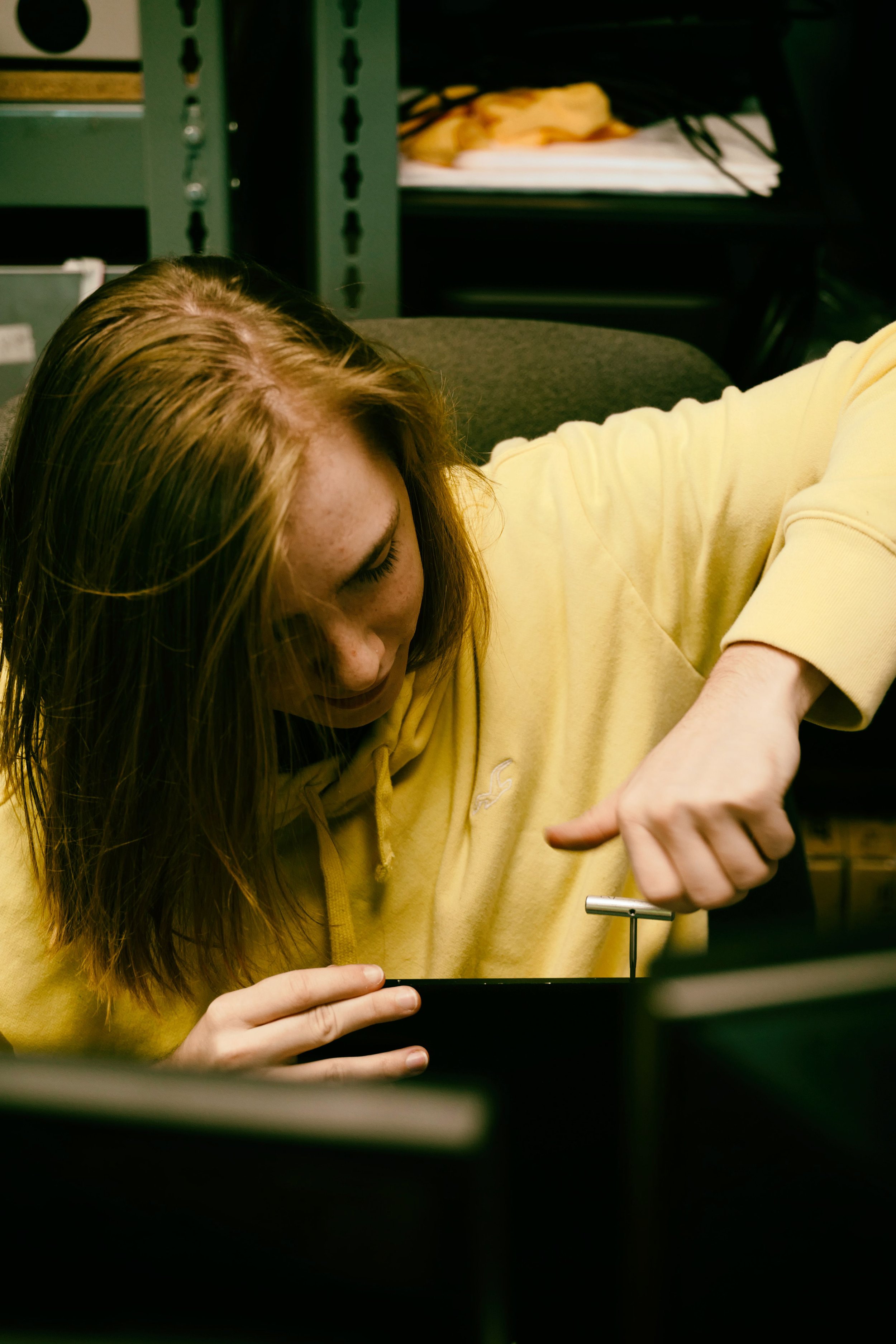Circular Dichroism - Questions
Circular Dichroism - Questions
Blog Article
Rumored Buzz on Circular Dichroism
Table of ContentsSome Known Details About Circular Dichroism The Buzz on Circularly Polarized LuminescenceGetting The Circular Dichroism To WorkSome Known Details About Uv/vis Indicators on Spectrophotometers You Should Know

Spectrophotometry is a tool that hinges on the quantitative analysis of particles depending on how much light is soaked up by colored substances.
See This Report on Uv/vis/nir
A spectrophotometer is commonly used for the measurement of transmittance or reflectance of solutions, transparent or opaque solids, such as polished glass, or gases. Although many biochemicals are colored, as in, they soak up visible light and for that reason can be measured by colorimetric treatments, even colorless biochemicals can frequently be converted to colored compounds ideal for chromogenic color-forming responses to yield compounds suitable for colorimetric analysis.: 65 Nevertheless, they can likewise be created to measure the diffusivity on any of the listed light ranges that typically cover around 2002500 nm using various controls and calibrations.
An example of an experiment in which spectrophotometry is used is the determination of the balance constant of a service. A particular chemical reaction within an option may occur in a forward and reverse direction, where reactants form items and products break down into reactants. At some time, this chemical response will reach a point of balance called a stability point.
6 Easy Facts About Spectrophotometers Explained
The amount of light that passes through the option is a sign of the concentration of particular chemicals that do not permit light to go through. The absorption of light is because of the interaction of light with the electronic and vibrational modes of molecules. Each type of particle has a specific set of energy levels related to the makeup of its chemical bonds and nuclei and hence will soak up light of specific wavelengths, or energies, leading to unique spectral residential or commercial properties.
The usage of spectrophotometers spans various scientific fields, such as physics, products science, chemistry, biochemistry. UV/Vis, chemical engineering, and molecular biology. They are extensively used in many markets including semiconductors, laser and optical manufacturing, printing and forensic assessment, as well as in labs for the study of chemical compounds. Spectrophotometry is typically used in measurements of enzyme activities, decisions of protein concentrations, decisions of enzymatic kinetic constants, and measurements of ligand binding reactions.: 65 Eventually, a spectrophotometer has the ability to determine, depending upon the control or calibration, what substances exist in a target and precisely just how much through calculations of observed wavelengths.
Created by Arnold O. Beckman in 1940 [], the spectrophotometer was produced with the help of his colleagues at his company National Technical Laboratories founded in 1935 which would end up being Beckman Instrument Business and ultimately Beckman Coulter. This would come as a solution to the previously produced spectrophotometers which were unable to soak he has a good point up the ultraviolet properly.
More About Circularly Polarized Luminescence
It would be found that this did not provide acceptable outcomes, for that reason in Design B, there was a shift from a glass to a quartz prism which enabled much better absorbance outcomes - circular dichroism (https://www.wattpad.com/user/olisclarity1). From there, Design C was born with an adjustment to the wavelength resolution which wound up having three systems of it produced
It was produced from 1941 to 1976 where the cost for it in 1941 was US$723 (far-UV accessories were an alternative at extra expense). In the words of Nobel chemistry laureate Bruce Merrifield, it was "most likely the most crucial instrument ever established towards the advancement of bioscience." Once it ended up being ceased in 1976, Hewlett-Packard produced the first commercially available diode-array spectrophotometer in 1979 known as the HP 8450A. It irradiates the sample with polychromatic light which the sample absorbs depending on its homes. Then it is transmitted back by grating the photodiode selection which detects the wavelength area of the spectrum. Considering that then, the development and execution of spectrophotometry devices has increased profoundly and has actually turned into one of the most ingenious instruments of our time.

Some Of Circular Dichroism
Historically, spectrophotometers utilize a monochromator including a diffraction grating to produce the analytical spectrum. The grating can either be movable or repaired. If a single detector, such as a photomultiplier tube or photodiode is used, the grating can be scanned stepwise (scanning spectrophotometer) so that the detector can measure the light strength at each wavelength (which will represent each "step").
In such systems, the grating is repaired and the intensity of each wavelength of light is measured by a various detector in the variety. In addition, most modern mid-infrared spectrophotometers utilize a Fourier change technique to get the spectral information - https://urlscan.io/result/3823bc3a-74b6-4d0f-8f09-522e983b4d26/. This strategy is called Fourier transform infrared spectroscopy. When making transmission measurements, the spectrophotometer quantitatively compares the portion of light that goes through a recommendation option and a test solution, then digitally compares the strengths of the 2 signals and computes the percentage of transmission of the sample compared to the referral standard.

Report this page